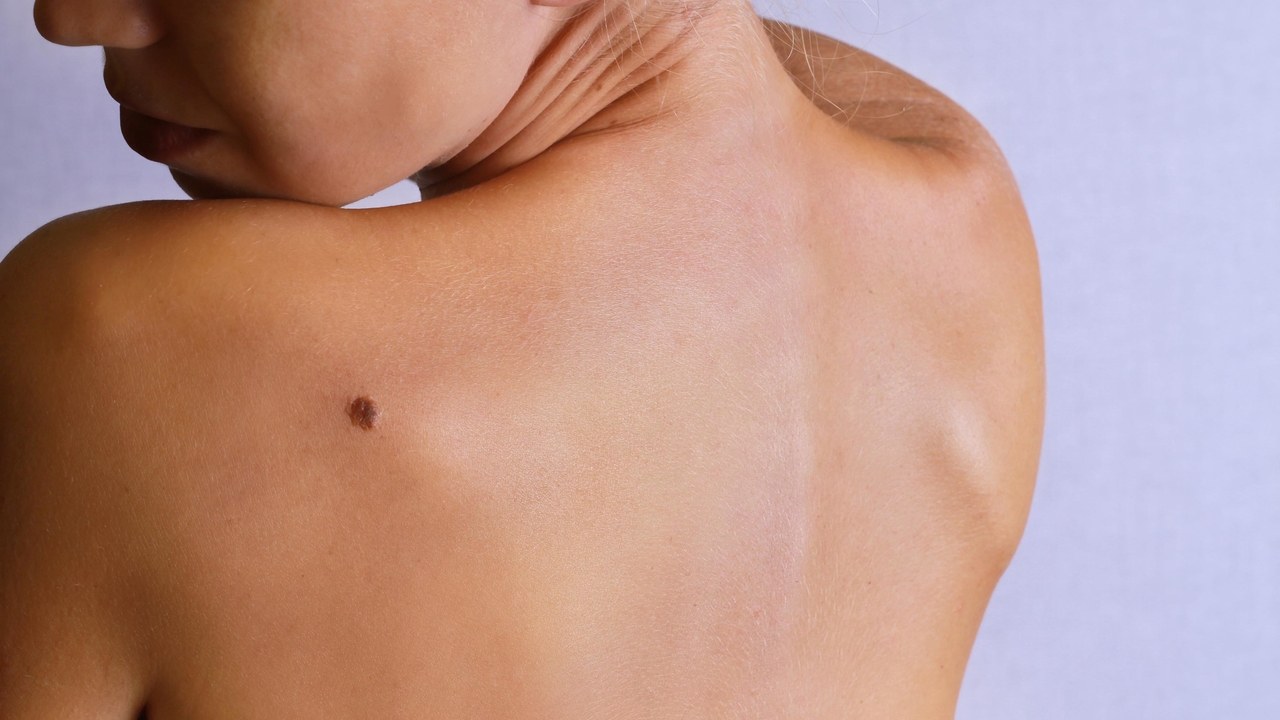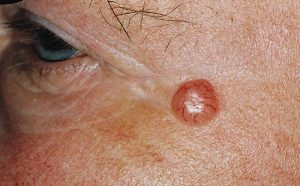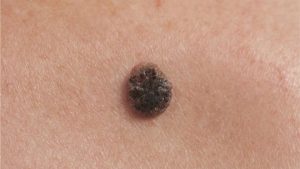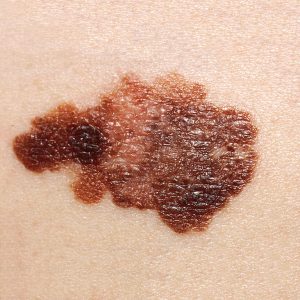
Skin cancer develops within the cells in the skin. There are 3 main types of skin cancers. However there are many other types derived from various parts of the skin. The 3 main types are:
Basal cell carcinoma (BCC) and squamous cell carcinoma (SCC) are by far the commonest skin cancers. They usually appear on sun-exposed skin, e.g. head and neck, scalp, limbs.
BCCs usually present as a dome shaped lesion with an ulcer on the surface, also known as nodular BCC/rodent-ulcer. However, BCCs can present very subtly as a scar-like lesion known as infiltrative BCC, or a scaly lesion known as superficial BCC. SCCs present as non-healing ulcerated scaly lesions.
A skin biopsy may be recommended to determine the nature of skin growths as these non-melanoma skin cancers may not be easily detected in early stages. Fortunately, these cancers are usually not metastatic and therefore do not commonly spread to other part of the body/organs. SCC may however spread to lymph nodes and may be fatal if left untreated for many years.
Your dermatologist will recommend treatment depending on the size, site involved, the extent of the tumour and your fitness for treatment. Ideally, they should be surgically removed.


Melanomas are cancers developed from the pigment cells in your skin called melanocytes. It is a serious form of skin cancer. Melanomas can occur anywhere on the body, commonly in exposed skin surfaces, but can also appear in covered areas.
Melanomas are not as common as basal cell and squamous cell skin cancers, although they can be far more serious. Melanoma can almost always be cured in its early stages. If left alone or ignored, melanoma is much more likely to spread to other parts of the body, where it can be very hard to treat.
Not all moles will evolve into cancer (melanoma), but any change to your moles require immediate attention by an experienced dermatologist.



鹰阁医疗中心
6 纳皮尔路 #06-01
新加坡 258499
看诊时间:
周一至二,四至五 (上午8:30至下午5:30)
周五和六 (上午9:30至下午12:30)
联系方式
座机:+65 6254 6646
手机:+65 9641 1595
传真:+65 6259 9853